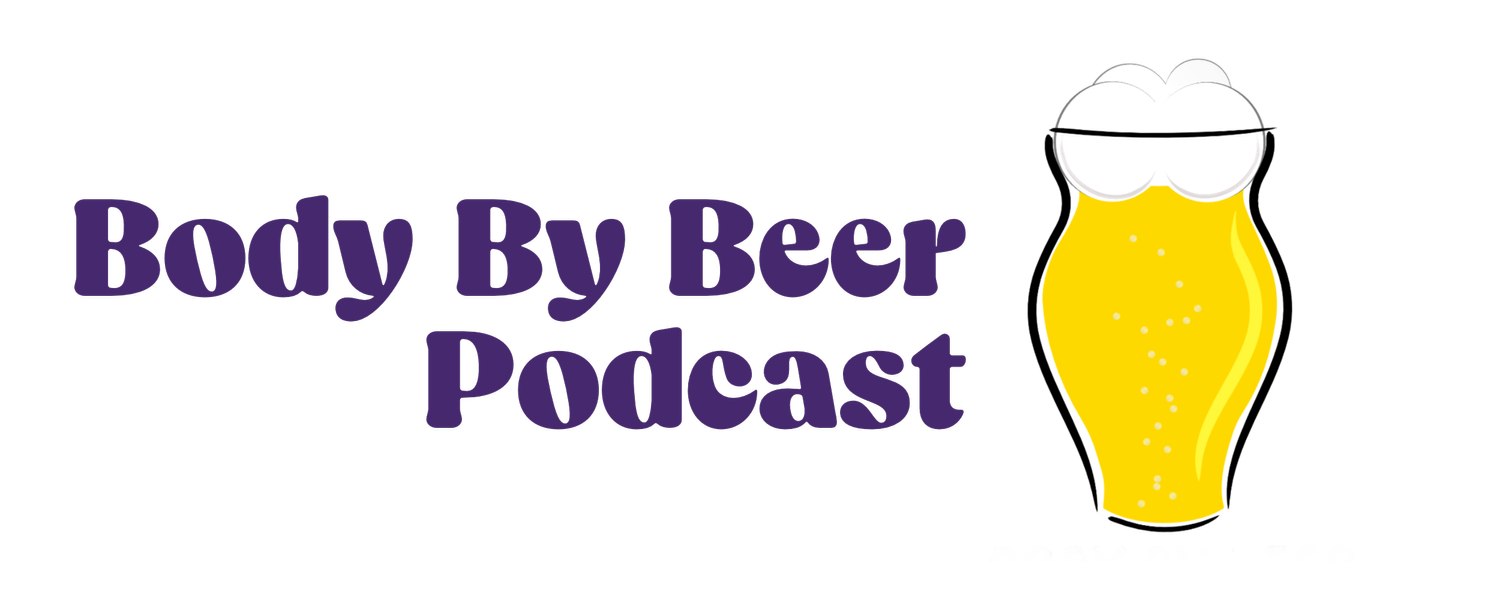Measuring Website Monthly Traffic
Website monthly traffic KPIs (key performance indicators) are metrics that can be used to measure the performance of a website's traffic over a given period of time. We recommend using Google Analytics or your website building tools internal source for analytics. These metrics can help website owners and marketers understand how their website is performing, identify areas for improvement, and make data-driven decisions to drive more traffic to their website. Here are some common website monthly traffic KPIs:
Total website visits: The total number of visits to the website over a given period of time. How do these measure up? If your goal is to improve upon the number of visitors to your website then we encourage you to monitor visits. If those visits are increasing over a given period of time then you’re doing positive things!
Unique website visitors: The number of unique individuals who visit the website over a given period of time. According to canddi.com “Unique visitors are people who visit your site for the first time and can give you valuable insight into your audience. By tracking unique visitors, you can get an understanding of how many people are seeing your content for the first time and adjust your campaigns accordingly.” This is going to correlate with your social media strategy, presence, and engagement rate. If you’re seeing an increase in social media traffic and unique website visitors, then you’re batting .500!
Pageviews: The total number of pages viewed on the website over a given period of time. The more time you spend gaining attention for your online presence the more your brand and identity is being remembered. Once people are hooked, they’re hooked, and when they’re hooked they want to know everything about you and your business. This is easily identified by monitoring your site’s page views.
Pages per session: The average number of pages viewed per session on the website. E.g: I’m a unique visitor to your website. You as the owner of your website development team (maybe Mustard Later!) have done such a good job promoting your home page that I’m curious to learn more. This is proven by my behavior on your site. The more pages I interact with on any given session measures my interest in your site. E.g: 1 page + 1 additional page*(session) = pages per session.
Bounce rate: The percentage of visitors who leave the website after viewing only one page. Hubspot does a great job describing and recommending solutions to bounce rates. Don’t be too hard on yourself when you’re just getting started with your new site, but if your site has been up for a while and your bounce rate still leaves something to be desired, then we recommend you give the Hubspot article a good look. If you’re not gaining the attention of your customers something is wrong.
Average session duration: The average amount of time visitors spend on the website per session. If you have a good average session duration on your website, it means that visitors are spending a significant amount of time on your website, indicating that they are finding your content engaging and valuable. A high average session duration is typically seen as a positive metric for website performance, as it indicates that visitors are spending more time exploring your website and engaging with your content.
Traffic sources: The sources of traffic to the website, such as organic search, direct traffic, social media, or referral traffic. Where are your customers coming from? Is your social media campaign driving traffic? What about all those industry events you’ve been attending lately? It’s important to know where your customers are coming from so you can engage them again, and again.
Top landing pages: The pages on the website that receive the most traffic. Having a top landing page on your website means that this page is receiving the most traffic and is the first page that visitors see when they arrive at your website. A top landing page is typically a page that is highly relevant to visitors' search queries or interests and provides information or solutions that visitors are looking for.
Conversion rate: The percentage of website visitors who take a desired action, such as making a purchase, filling out a form, or subscribing to a newsletter. Well, this is the bottom line, isn’t it? At the end of the day, we’re most likely online to provide a product or solution. How is that converting today? The question is incredibly relevant to the success of your business or goals.
By monitoring these website monthly traffic KPIs, website owners and marketers can gain insights into how their website is performing and identify areas for improvement. They can use this data to make data-driven decisions to optimize their website for better traffic, engagement, and conversions.

